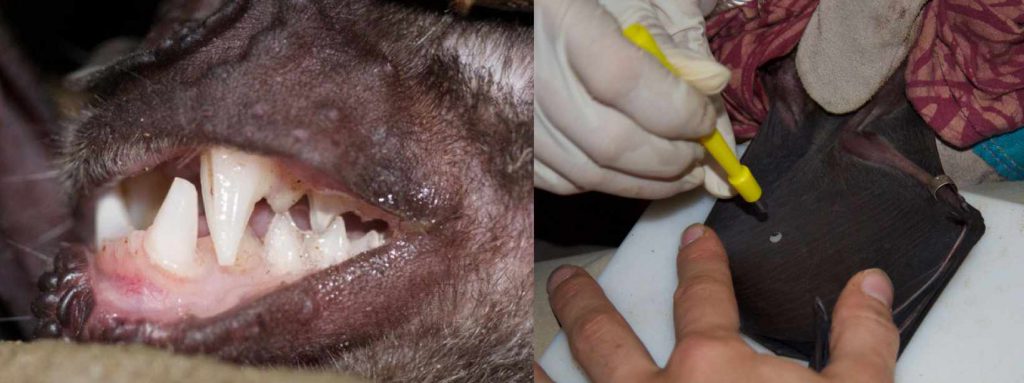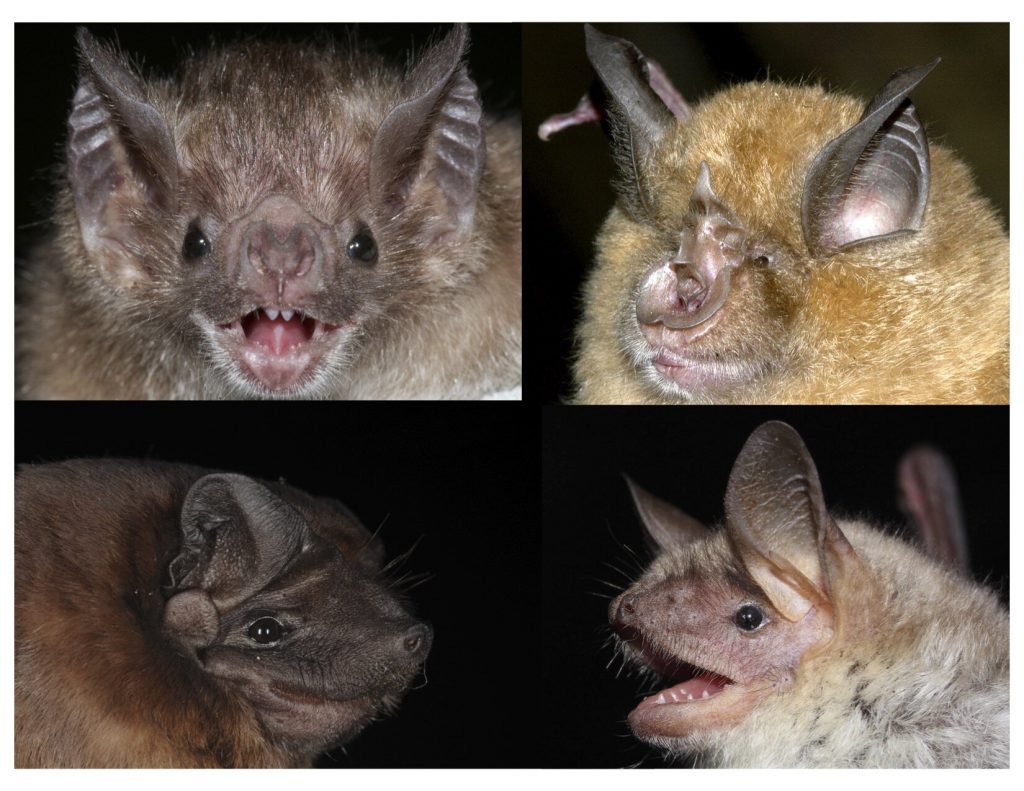The age profile of bat populations has a fundamental influence on their conservation status. However, the age of bats, as with all other wild species, is often difficult to determine. A new study led by researchers at the University of Maryland now shows that DNA from tissue samples from the wing membranes enables to predict the chronological age of wild adult bats fairly accurately using so-called methylation processes in the genome. In addition, the results provide insights into possible mechanisms behind the exceptional longevity of many bat species.
The study was published in the March 12, 2021 issue of the journal Nature Communications. This is the first research to show that age determination is possible for animals in the wild using an “epigenetic clock” that predicts age based on specific changes in the DNA. This approach has already been discussed in the context of age determination in humans, but is a completely new tool for biologists to study animals in the wild.
Researchers examined the DNA of 712 bats of known ages from 26 species and 6 families to find changes in DNA methylation at sites in the genome known to be related to the aging process. The biological process of aging combines both programmed and environmental processes. DNA methylation is a process that eliminates genes. It takes place throughout the development and is an important regulator for cells. Overall, methylation tends to decrease with age throughout the genome. The presence or absence of methyl groups at the C5 position of cytosines followed by guanines (“CpG sites”) plays an important role in controlling gene expression, as changes in methylation at CpG sites are associated with changes in the transcription rates of genes.
Using so-called machine learning algorithms for detecting patterns in data, the researchers found that they were able to accurately estimate the age of a bat to the nearest year based on changes in methylation at 160 sites in the genome. Moreover, the data also showed that, during aging process, very long-lived bat species exhibit fewer changes in overall methylation than short-lived bats. The team led by G. Wilkinson analyzed the genomes of four different bat species – three long-lived and one short-lived – to identify the specific genes in those regions of the genome where age-related differences in methylation correlated with longevity. They found specific sites in the genome where methylation increased rather than decreased with age in short-lived bats, but not in long-lived bats. These sites were close to 57 genes, which often mutate in cancerous tumors, and 195 genes involved in immunity. Interestingly, the places where methylation has increased with age in the short-lived bats are close to genes that have been shown to be involved in tumor formation and immune response. This suggests that these regions control the mechanisms responsible for longevity.
The analysis of methylation can provide insights into many age-related differences between species and thus contributes to a better understanding of the causes of age-related declines in many species. Since the methylation patterns are quite uniform, this approach could also be applied to bat species other than those studied in the study. Information on the age of individual animals in bat populations is extremely important for identifying population structures and can, for example, provide information on the effects of different environmental conditions on the viability of different colonies. In addition, the age estimates for recaptured banded individuals could also be clearly specified. The method described is of great practical use for bat conservation, as it could answer many types of ecological questions.


Gerald S. Wilkinson, Danielle M. Adams, Amin Haghani, Ake T. Lu, Joseph Zoller, Charles E. Breeze, Bryan D. Arnold, Hope C. Ball, Gerald G. Carter, Lisa Noelle Cooper, Dina K. N. Dechmann, Paolo Devanna, Nicolas J. Fasel, Alexander V. Galazyuk, Linus Günther, Edward Hurme, Gareth Jones, Mirjam Knörnschild, Ella Z. Lattenkamp, Caesar Z. Li, Frieder Mayer, Josephine A. Reinhardt, Rodrigo Adellin , Martina Nagy, Brian Pope, Megan L. Power, Roger D. Ransome, Emma C. Teeling, Sonja C. Vernes, Daniel Zamora-Mejoas, Joshua Zhang, Paul A. Faure, Lucas J. Greville, Steve Horvath. DNA methylation predicts age and provides insight into exceptional longevity of bats. Nature Communications, 2021; 12 (1) DOI: 10.1038/s41467-021-21900-2
